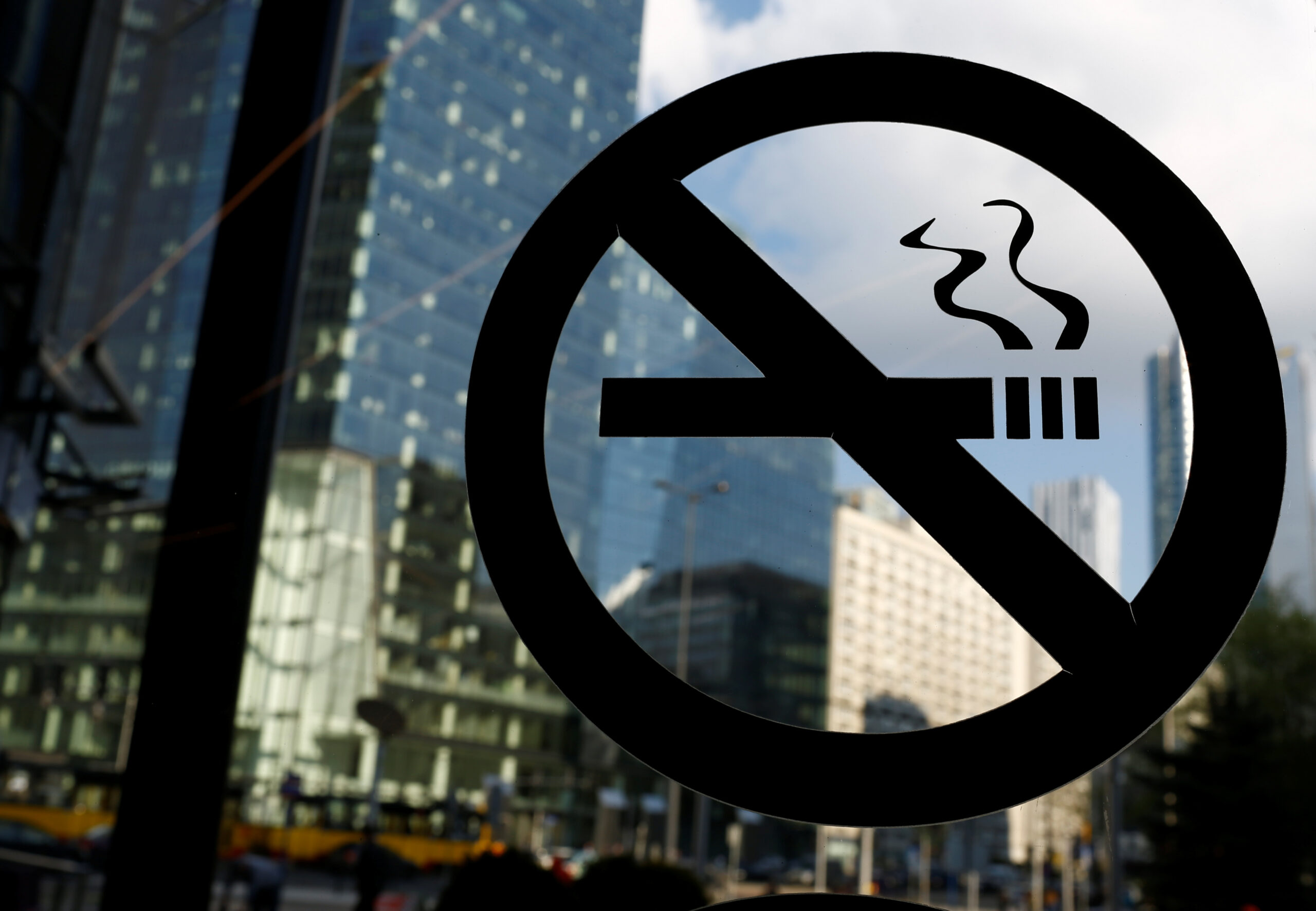Is there a secret to longevity? This health expert says 1,000% yes
In the era of social media, post-COVID, and with mental health at the forefront, a shift is taking […]

In 2022, global trends indicate a persistent decrease in tobacco consumption rates, with one in five adults worldwide using tobacco, as opposed to the one in three ratio recorded in 2000.
On January 16, the Director of Health Promotion at the WHO unveiled the primary discoveries of the Global Tobacco Report in Geneva. Dr. Rüdiger Krech reported, “We still have 1.25 billion people smoking, according to the latest figures released in today’s Global Trends report.”
“However, this also signifies a notable reduction, with 19 million fewer smokers than just two years ago. This marks the first instance of such a decline.”
Presently, the most rapid declines in tobacco use are observed in the lower middle-income countries, while the WHO South-East Asian region maintains the highest prevalence of tobacco users, albeit with swiftly decreasing rates.
The African Region currently boasts the lowest tobacco use prevalence among WHO regions, having decreased from an average of 18% in 2000 to under 10% in 2022.
The WHO is urging nations to persist in implementing tobacco control policies and to actively combat interference from the tobacco industry. Krech pointed out, “The European region is somewhat problematic, particularly concerning women, as there is an increase in tobacco use in certain parts and countries, or high levels persist.”
The report’s findings indicate that a minimum of 37 million children aged 13-15 are presently using tobacco in various forms, with several nations witnessing concerning levels of e-cigarette usage among adolescents.
It is evident that there is a crucial demand for policies aimed at curbing advertising targeting young individuals, limiting access, and diminishing exposure to tobacco and nicotine products.
The Director of Health Promotion at the WHO underlined the need for increased regulation, stating “There are a few countries that have banned e-cigarettes, which we welcome. If you have not banned it, you should implement very robust regulatory measures to ensure that children do not gain access to e-cigarettes.”
Krech highlighted the urgency of the situation, mentioning, “We have teachers reaching out to us, particularly in the UK, where there has been a 150% increase in the last three years in the adoption of e-cigarettes by children. They contact us to express concerns that children are unable to stay focused for an entire 45-minute lesson because they need to step out to obtain e-cigarettes.”
Given that a significant portion of e-cigarettes and vapes are procured online, the WHO underscored the importance of preventing these devices from being accessible to children.
The diverse array of enticing flavours offered for vaping tends to appeal more to children than older adults. The report shows “there are thousands of flavours, each containing different chemicals. So, the toxicity of these liquids, when inhaled (not swallowed), is entirely different. The tobacco industry’s strategy is to flood the market.”
Tobacco claims the lives of over 8 million people annually, including an estimated 1.3 million non-smokers exposed to second-hand smoke.

In the era of social media, post-COVID, and with mental health at the forefront, a shift is taking […]

With its fast speeds and revolutionary potential, 5G stands out as a noteworthy milestone in the field of […]